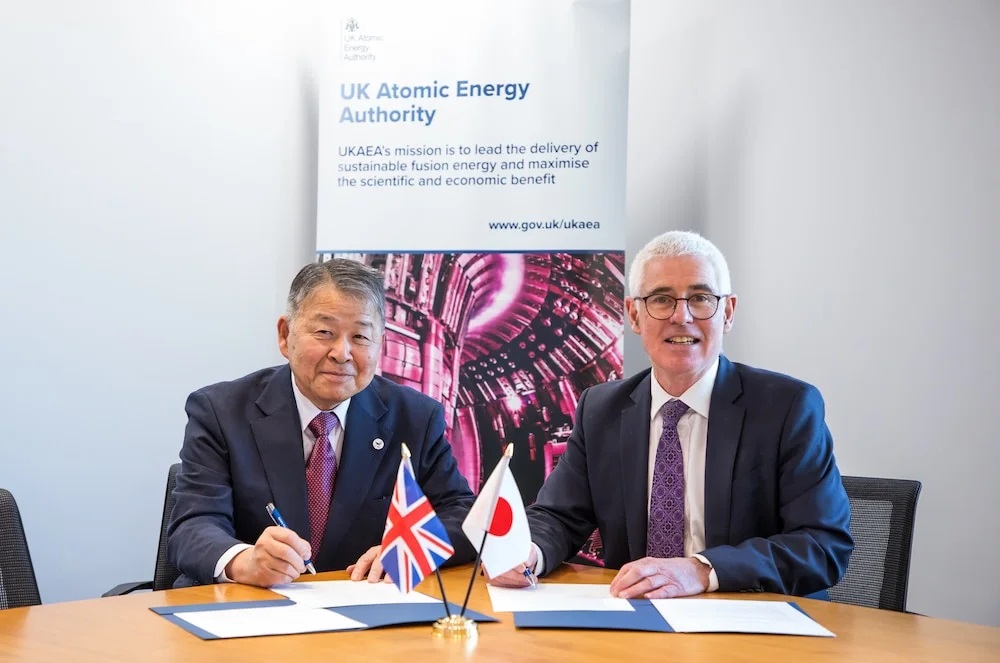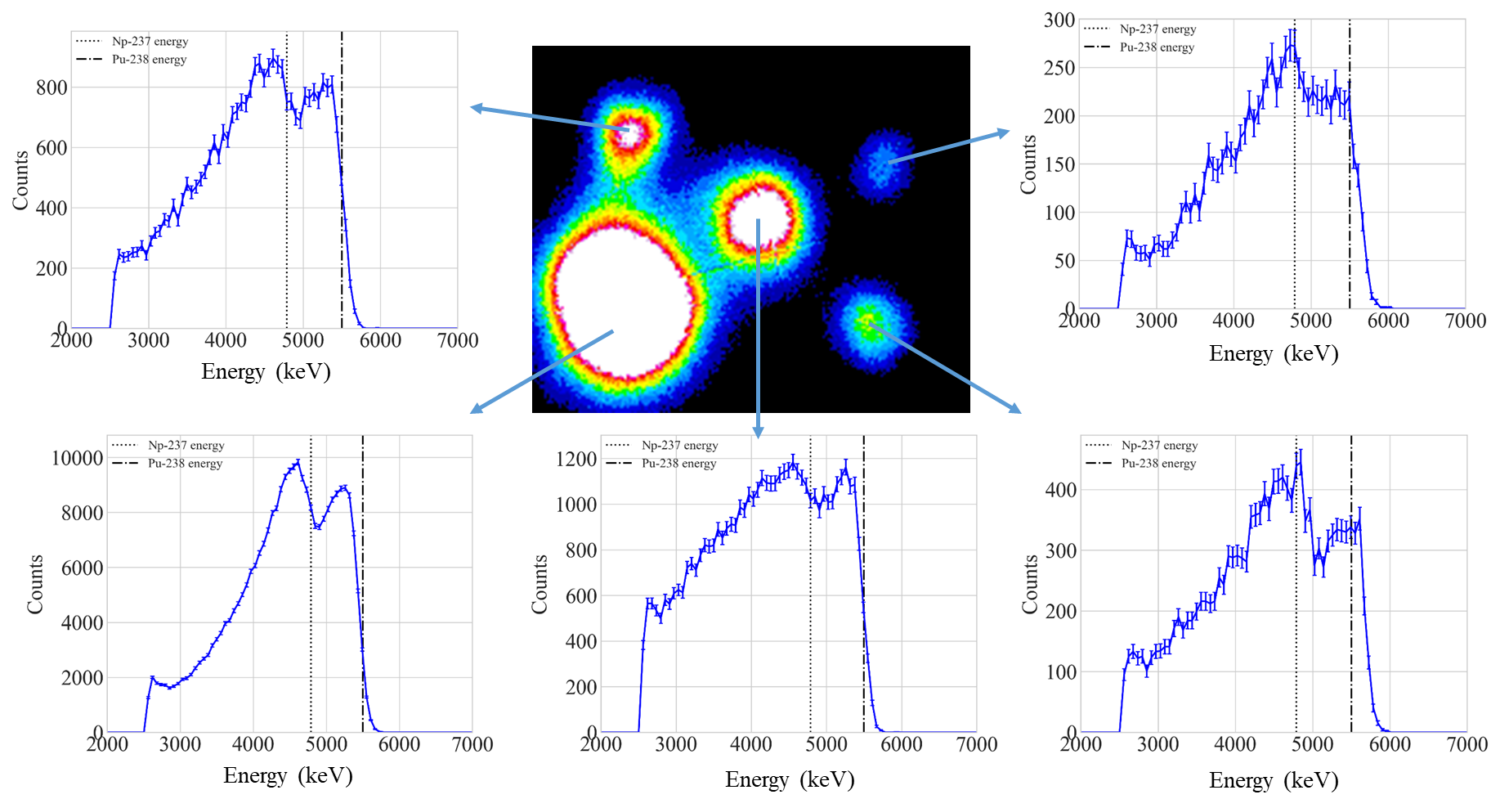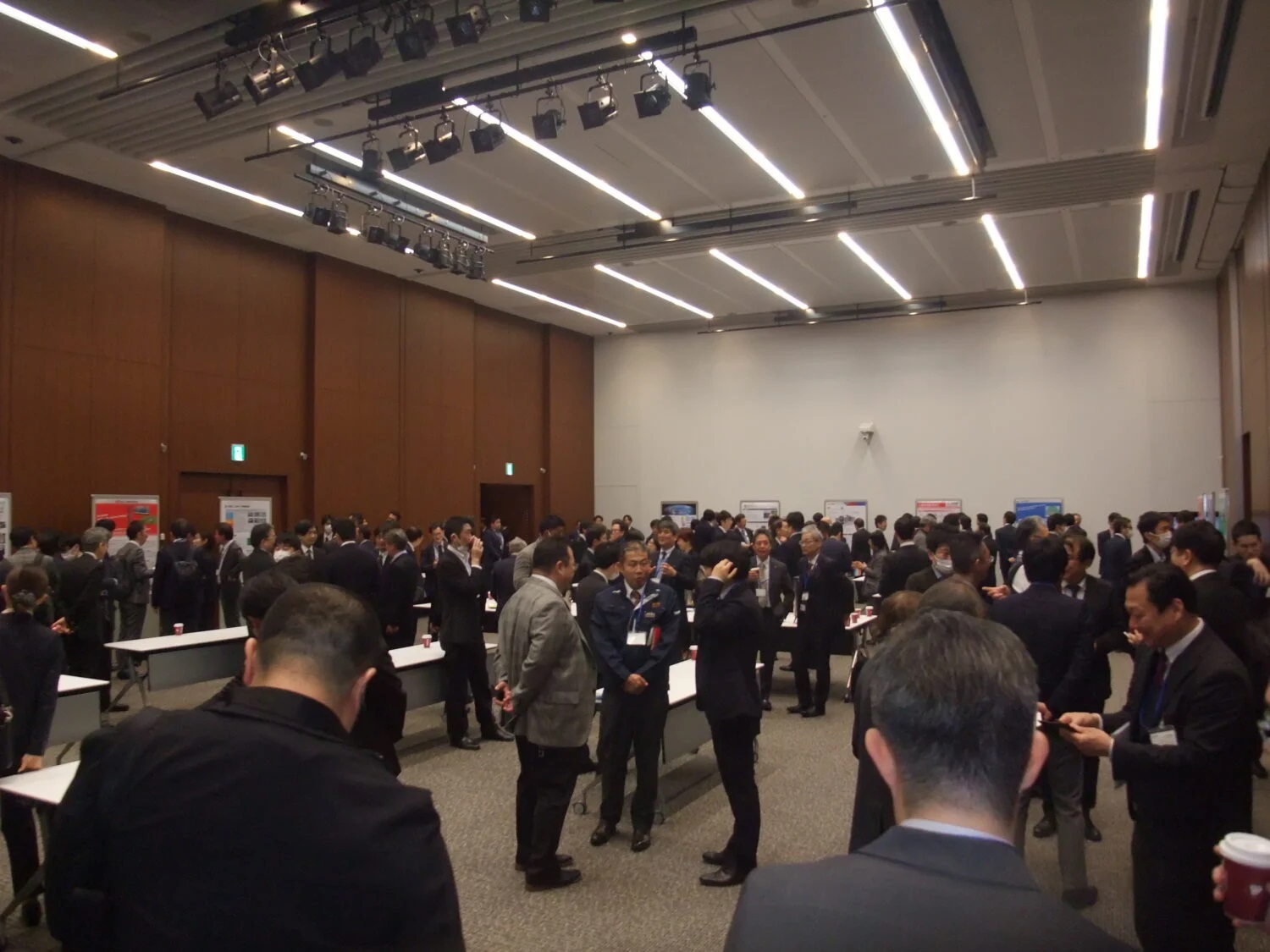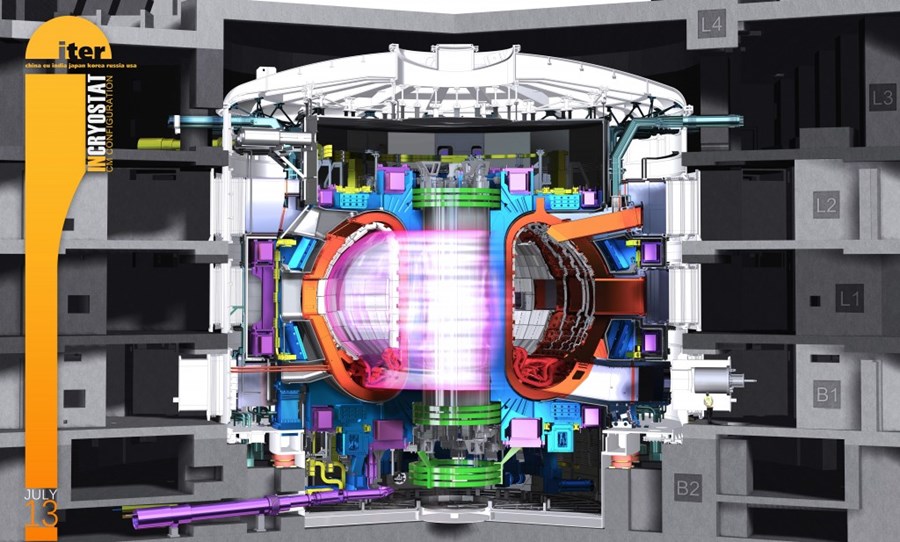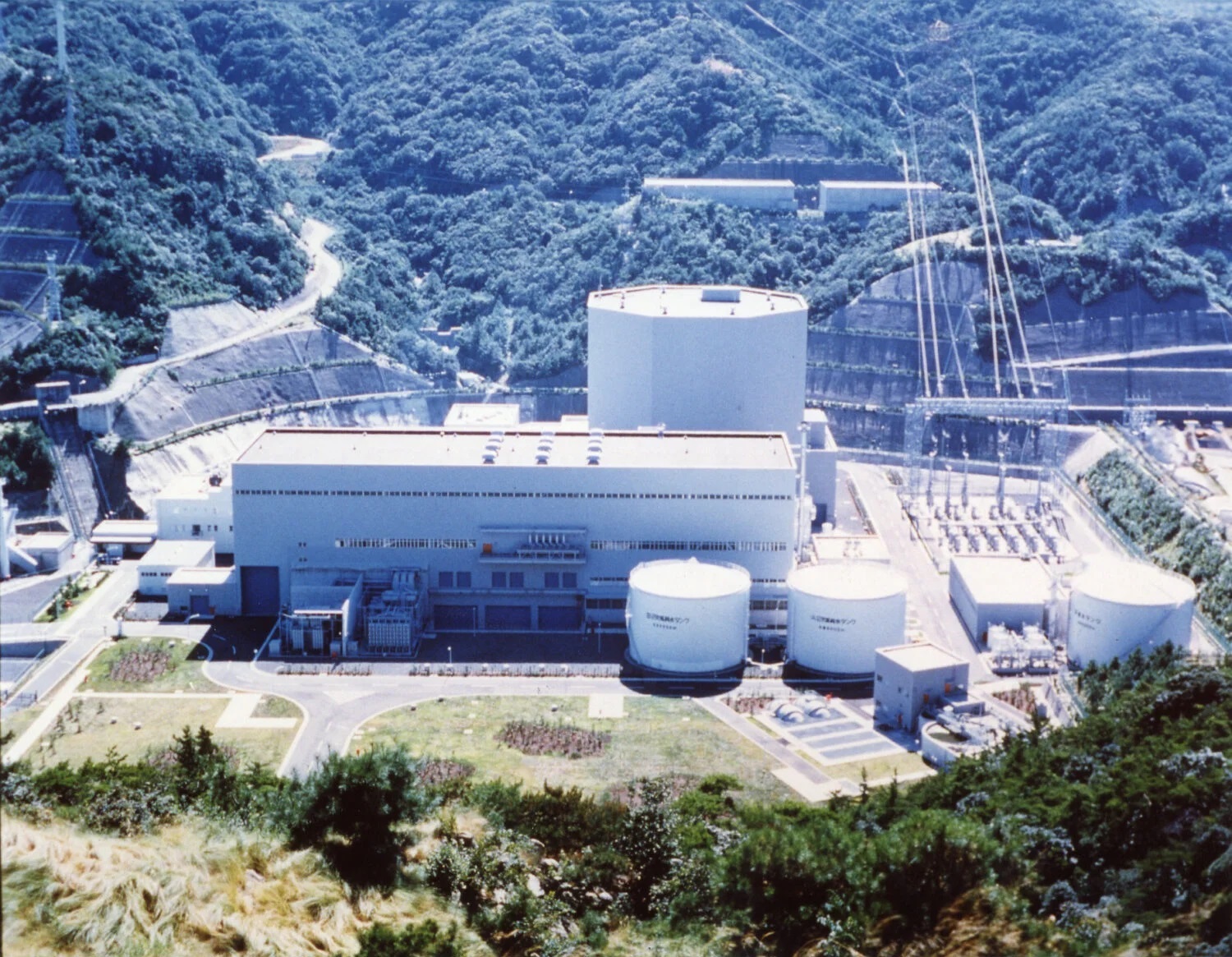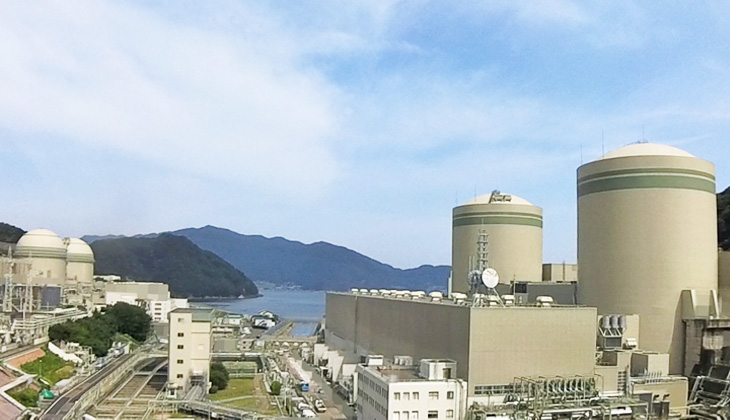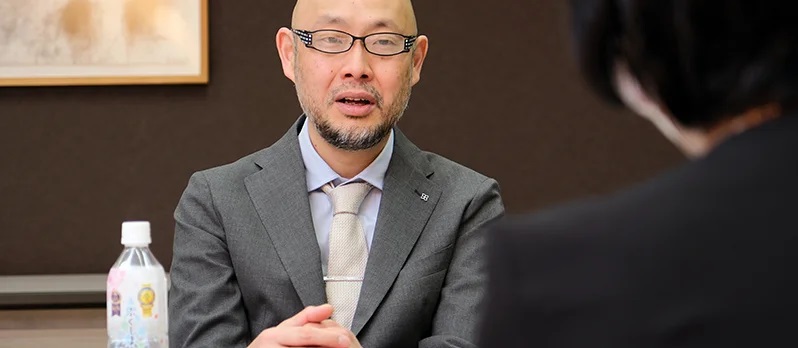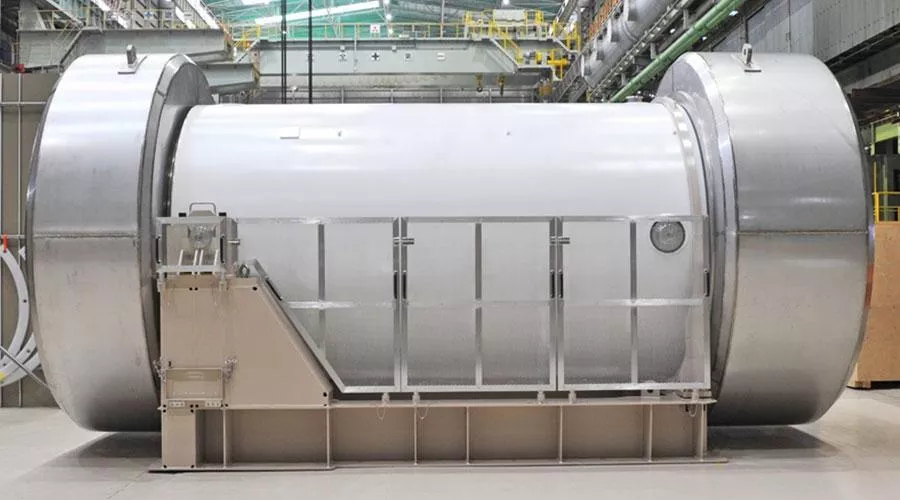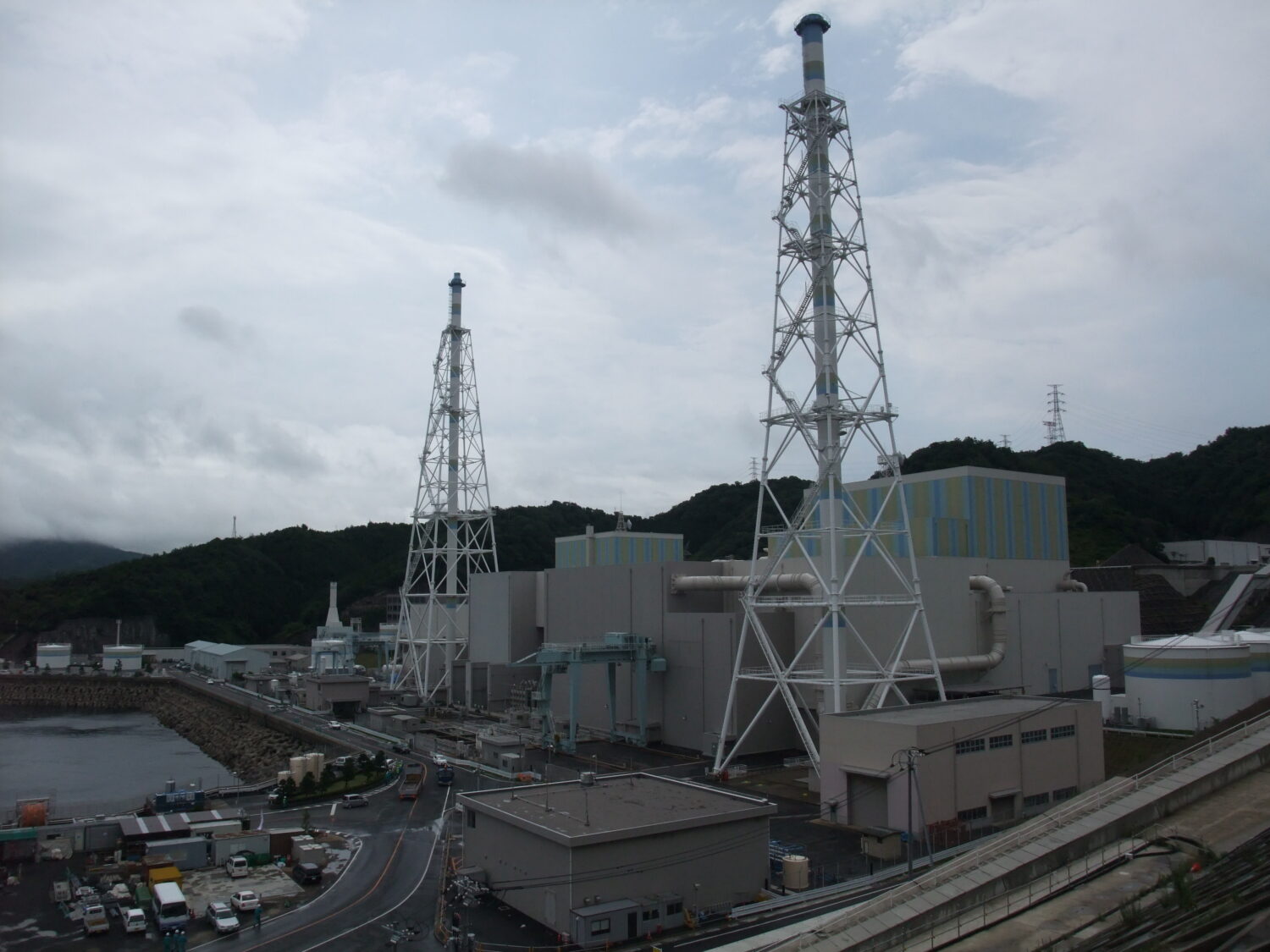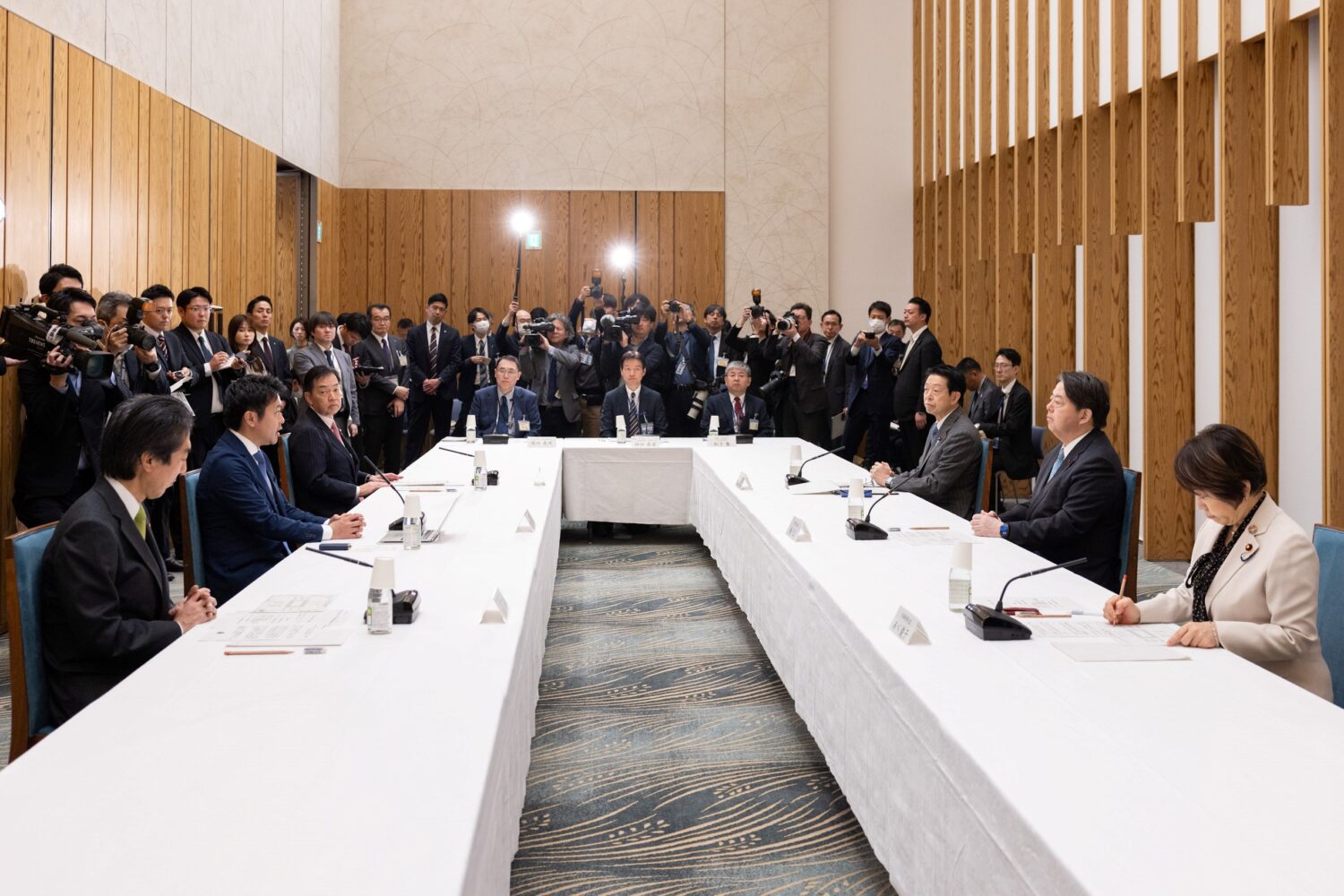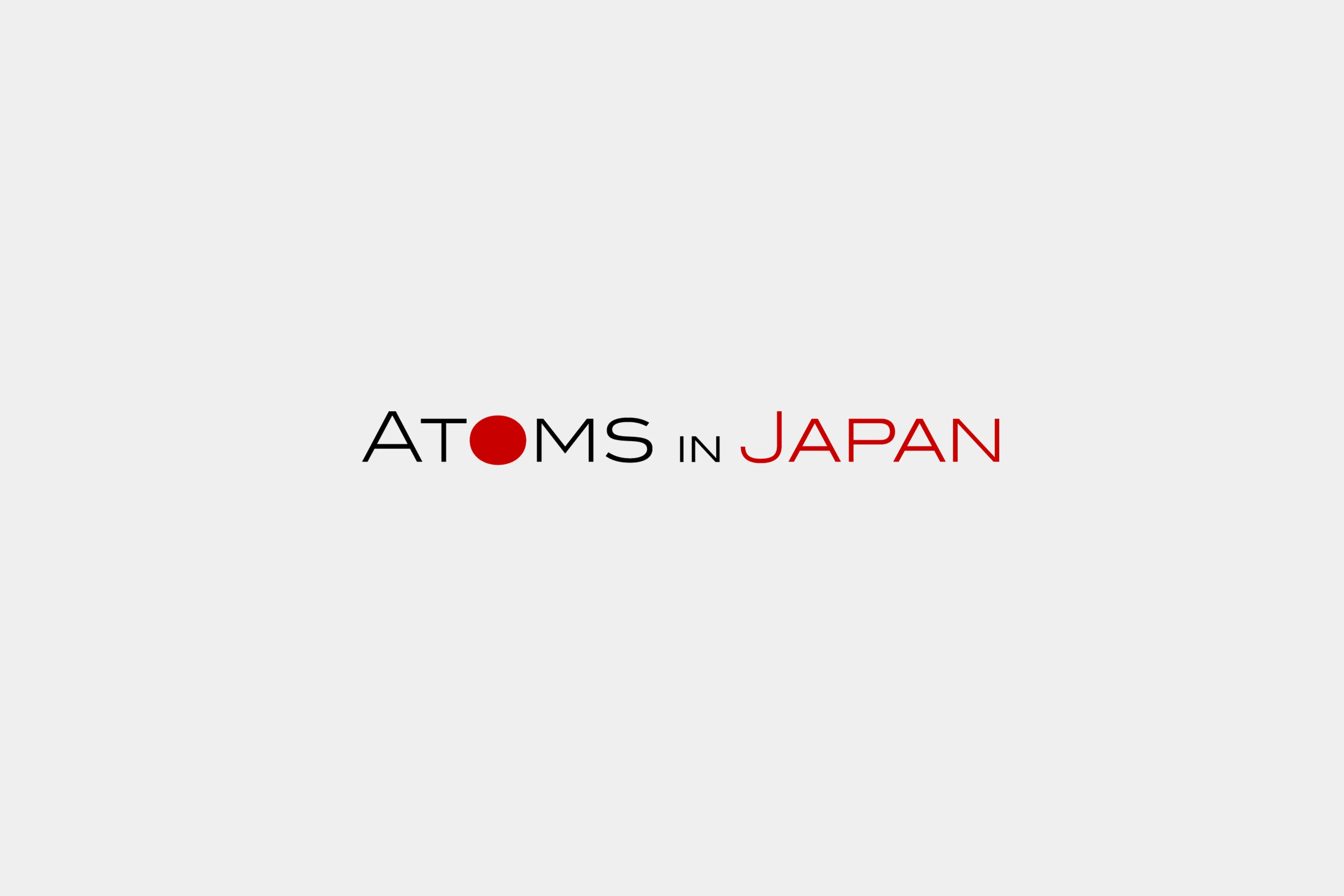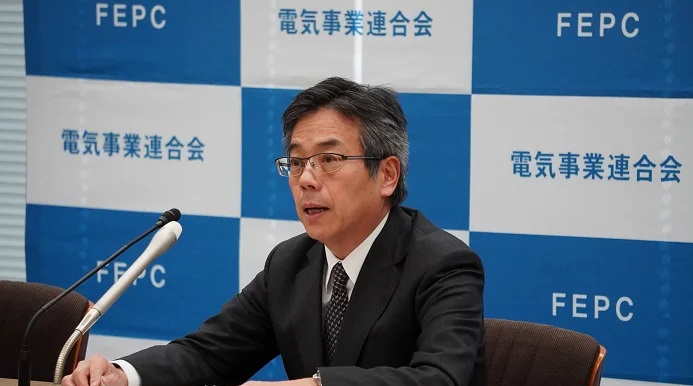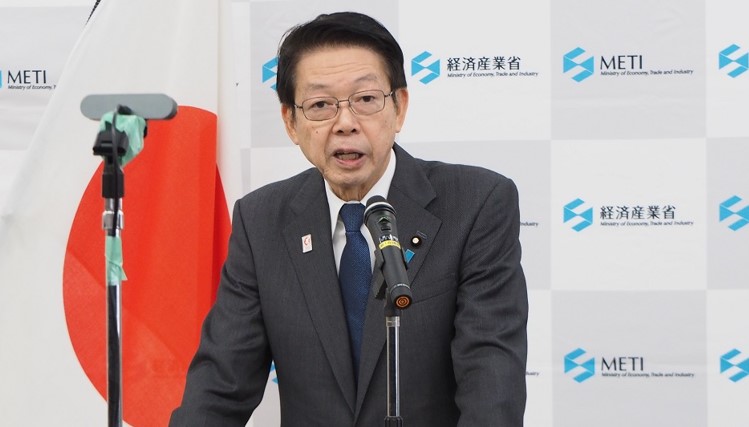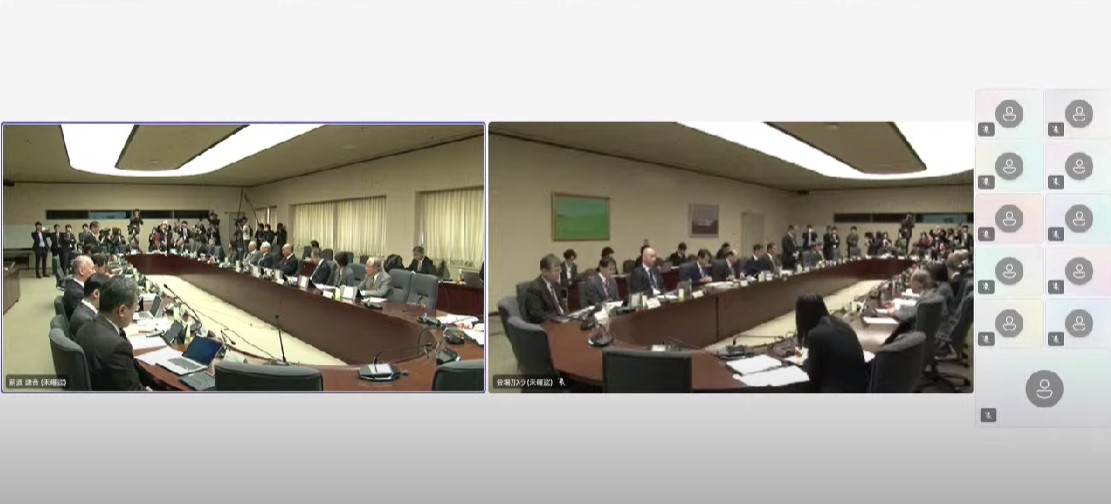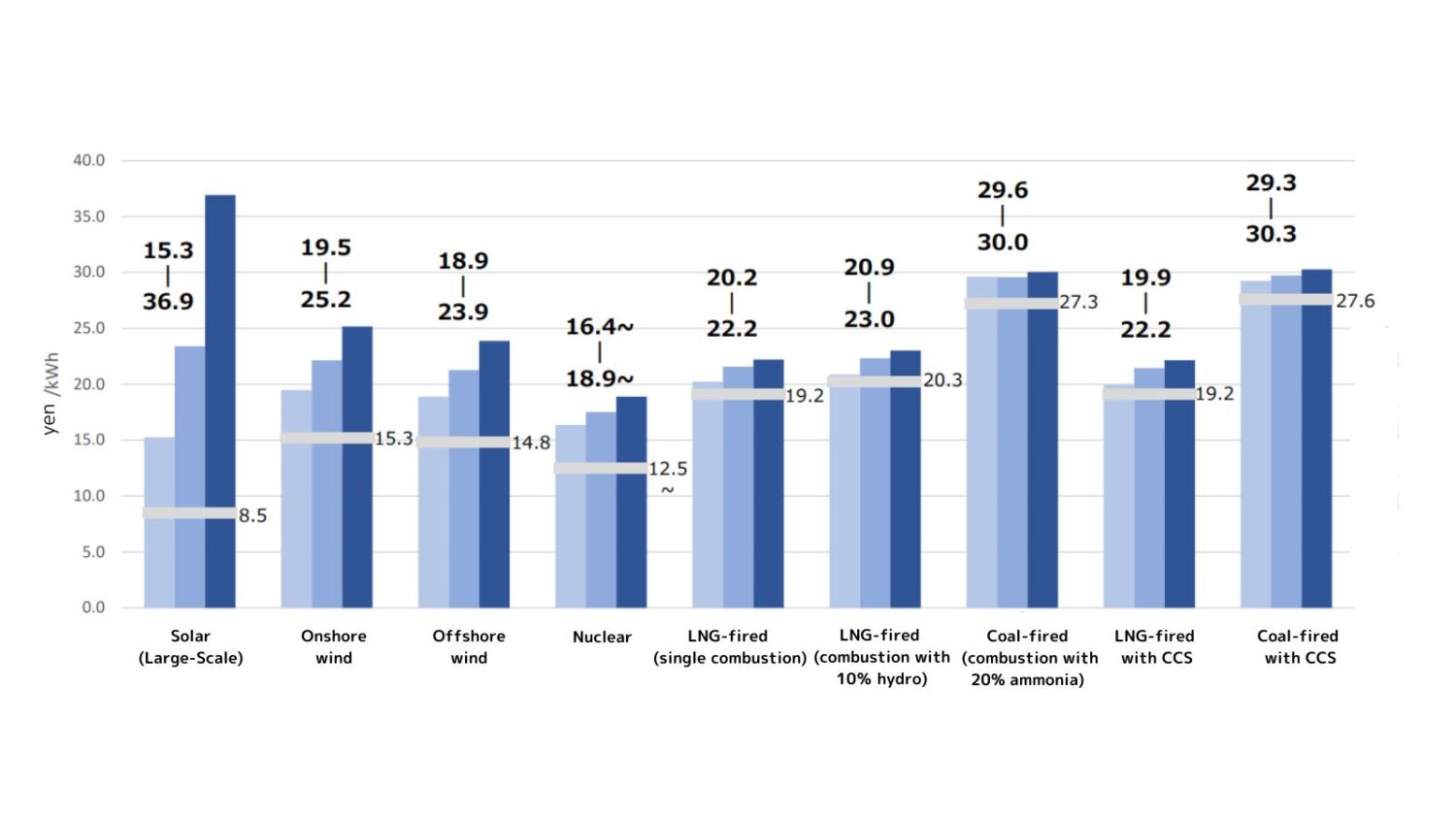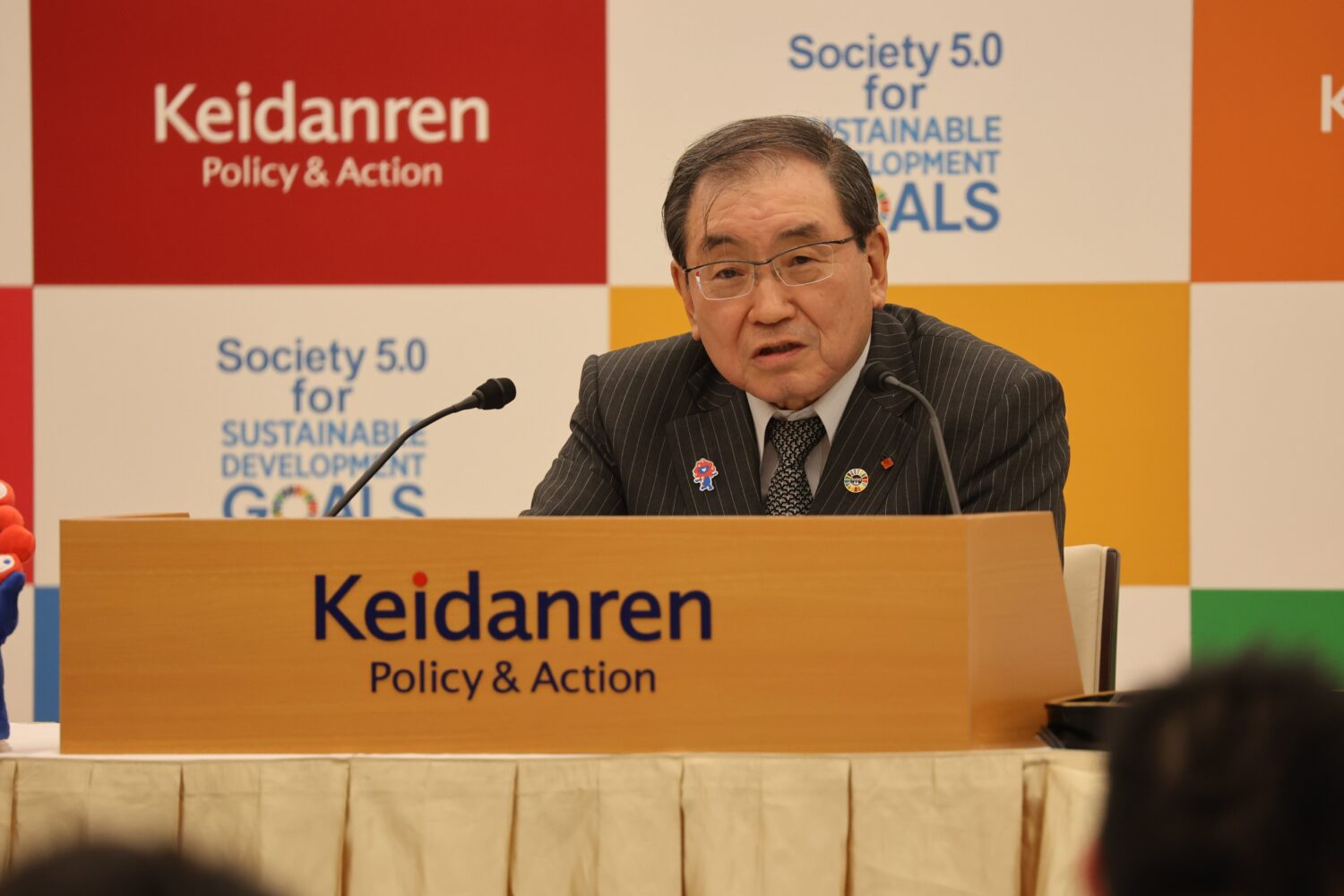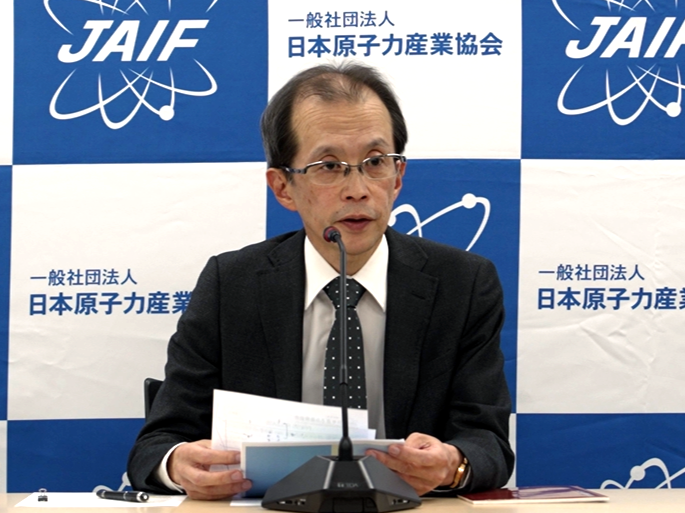The session, moderated by Vice Chairman IHARA Ichiro of the Nuclear Power Promotion and Policy Committee at the Federation of Electric Power Companies of Japan (FEPC), opened with an overview of Japan’s efforts to secure and reinforce its nuclear supply chain.
Ihara said that although Japan’s 7th Strategic Energy Plan calls for the maximum use of nuclear energy and the replacement of superannuated reactors with next-generation ones, the recent lack of new construction projects and the decline in on-the-job training opportunities post-Fukushima (i.e., since March 2011) have resulted in an erosion of technical expertise. As a result, he said, the number of skilled workers in the domestic nuclear industry has decreased by 45%, with a clear impact on component supply and maintenance capability. Ihara stressed the need for immediate action to maintain lead times for construction, noting that policies should draw on international examples to revitalize Japan’s nuclear industry.
Next to speak was John KOTEK, senior vice president of Policy and Public Affairs of the U.S. Nuclear Energy Institute (NEI), who attributed the renewed attention on nuclear power in the United States to its decarbonization potential and rising power demand driven by AI and digitalization. He noted that electricity demand forecasts through 2029 have increased fivefold in the past two years. Nuclear energy is positioned to meet that demand, he said, aided by federal and state support such as tax credits and loan guarantees. Reflecting on the delays and cost overruns at Vogtle Units 3 and 4 (AP1000 reactors) in the state of Georgia, he emphasized the importance of diversifying procurement options, including sourcing equipment from overseas.
He was followed by a video message from Olivier BARD, CEO of the French Nuclear Industry Association (GIFEN), after which Agathe MARTINOTY, the association’s International Partnership Manager, introduced France’s MATCH program. Developed in cooperation with around 100 companies, MATCH has identified labor needs for the nuclear revival and conducts gap analyses. It estimates that the demand for full-time workers will increase 25% annually over the next decade, and has broken down the skills needed across 20 areas and around 100 specialized occupations. The program aligns training with the demands of the University for Nuclear Professions and other institutions.
The next person to speak at Session 2 was NOH Baek-sik, Executive Vice Chairman and COO of the Korea Atomic Industrial Forum (KAIF). He reported that South Korea has built and operated nuclear plants at an average pace of one every 1.8 years, since it launched its nuclear power program. More than 1,100 companies now participate in South Korea’s national nuclear supply chain. Noh emphasized the importance of consistent, predictable energy policy in ensuring supply chain stability. He noted that beyond government support for human resources and licensing streamlining, supply chains should be seen as global assets, not just national ones.
The next speaker, representing Hitachi, was INADA Yasunori, Vice President and CEO of the Nuclear Energy Business Unit, who spoke on supplier withdrawals and efforts to reinforce domestic manufacturing in Japan, including in-house production of discontinued components, adoption of commercial-grade items, and local manufacturing opportunities through GE Hitachi’s SMR projects. He also cited enhanced collaboration with partner suppliers, data sharing on discontinued parts, and the utilization of METI support programs. Inada stressed that maintenance and replacements at existing reactors were essential to sustaining supply chains, and called for expanded government support.
The panel discussion that followed offered concrete lessons from overseas for rebuilding Japan’s supply chain. Kotek highlighted the importance of leveraging upcoming U.S. projects to build partnerships and attract investment. Martinoty emphasized the need for early dialogue between project owners and stakeholders, with clear planning of workloads and resources to mitigate risks. Noh advocated that project plans for new builds and restarts be made clear, noting that access to overseas markets has bolstered Korea’s supply chain given limited domestic orders.
In terms of international supplier collaboration, Kotek said that the United States has been increasingly applying commercial-grade dedication (CGD) for non-safety-related, mass-produced components globally, a trend likely to grow. Martinoty then said that France was pursuing supplier qualification standardization, and that it encouraged best-practice sharing among technical experts. Noh explained that KHNP’s supplier registration allowed companies to deliver to nuclear plants domestically and abroad under internationally recognized standards.
Next, regarding the issue of workforce development, Kotek explained NEI’s efforts to attract talent by promoting nuclear careers as stable and long-term. NEI also supports programs modeled on apprenticeships, and digital recruiting campaigns in communities have yielded results. Martinoty stressed the importance of building training programs from the ground up based on field requirements, securing the right talent at the right time. Noh said that while Korea wasn’t facing a shortage of operations and maintenance personnel, smaller manufacturers were struggling to recruit. In addition to government support, KAIF runs its own programs offering hiring subsidies and training for SMEs.
Regarding project management, Kotek introduced several NEI initiatives that have cut reactor operating costs by over 30% since 2012, with average periodic inspection durations reduced from 44 to 31 days. He emphasized the value of on-site support teams and the culture of sharing any lessons that have been learned. Martinoty called for designs to be made stable and consistent, with a focus on quality assurance to avoid costly rework. Noh explained that KHNP maintains a centralized project management organization overseeing domestic and international projects, coordinating utilities, manufacturers, and designers.
In closing, the session moderator Ihara expressed his appreciation for the valuable insights shared by the international participants and stressed the importance of leveraging them to lay the foundation for Japan’s next-generation nuclear industry, which aims to be sustainable.


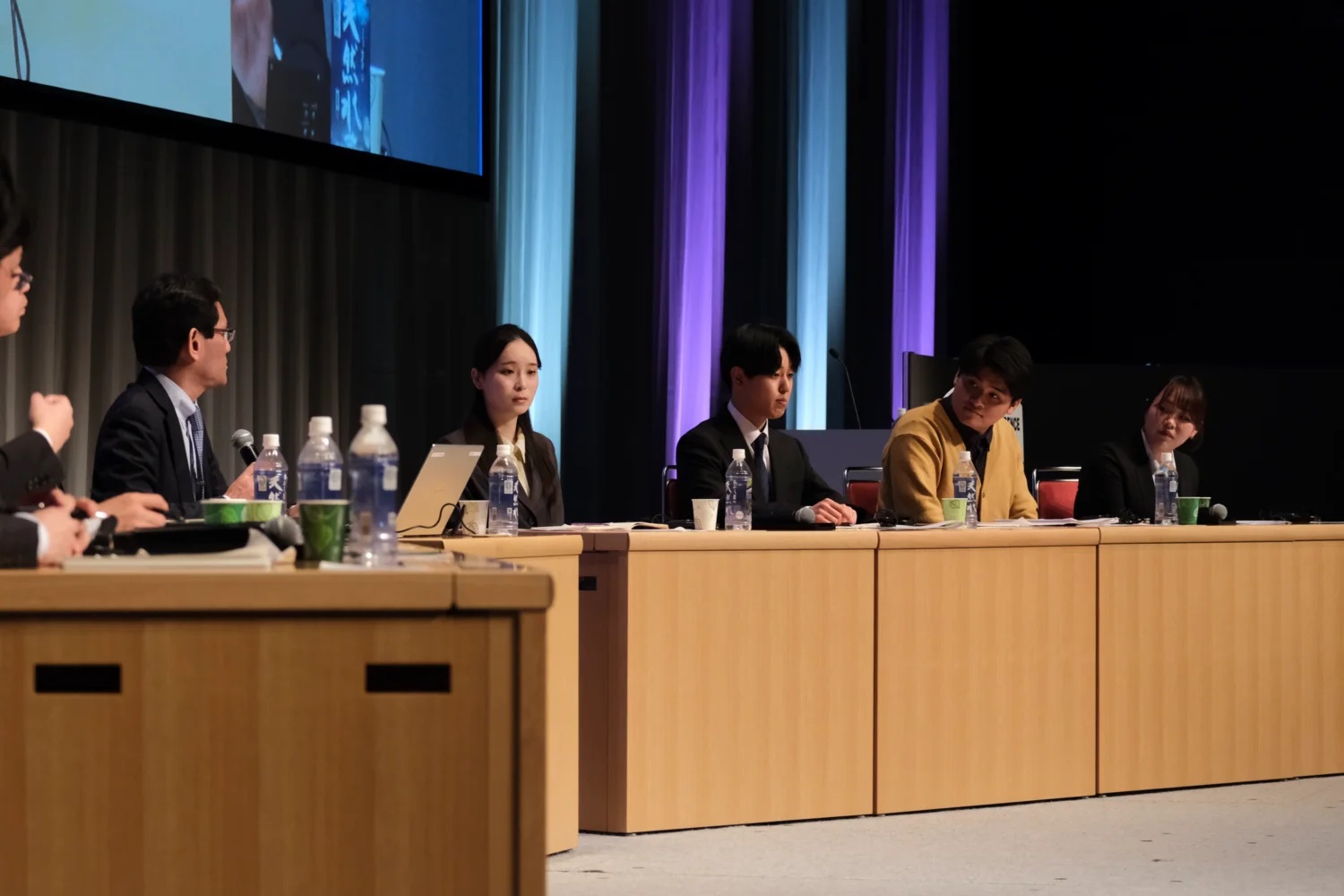
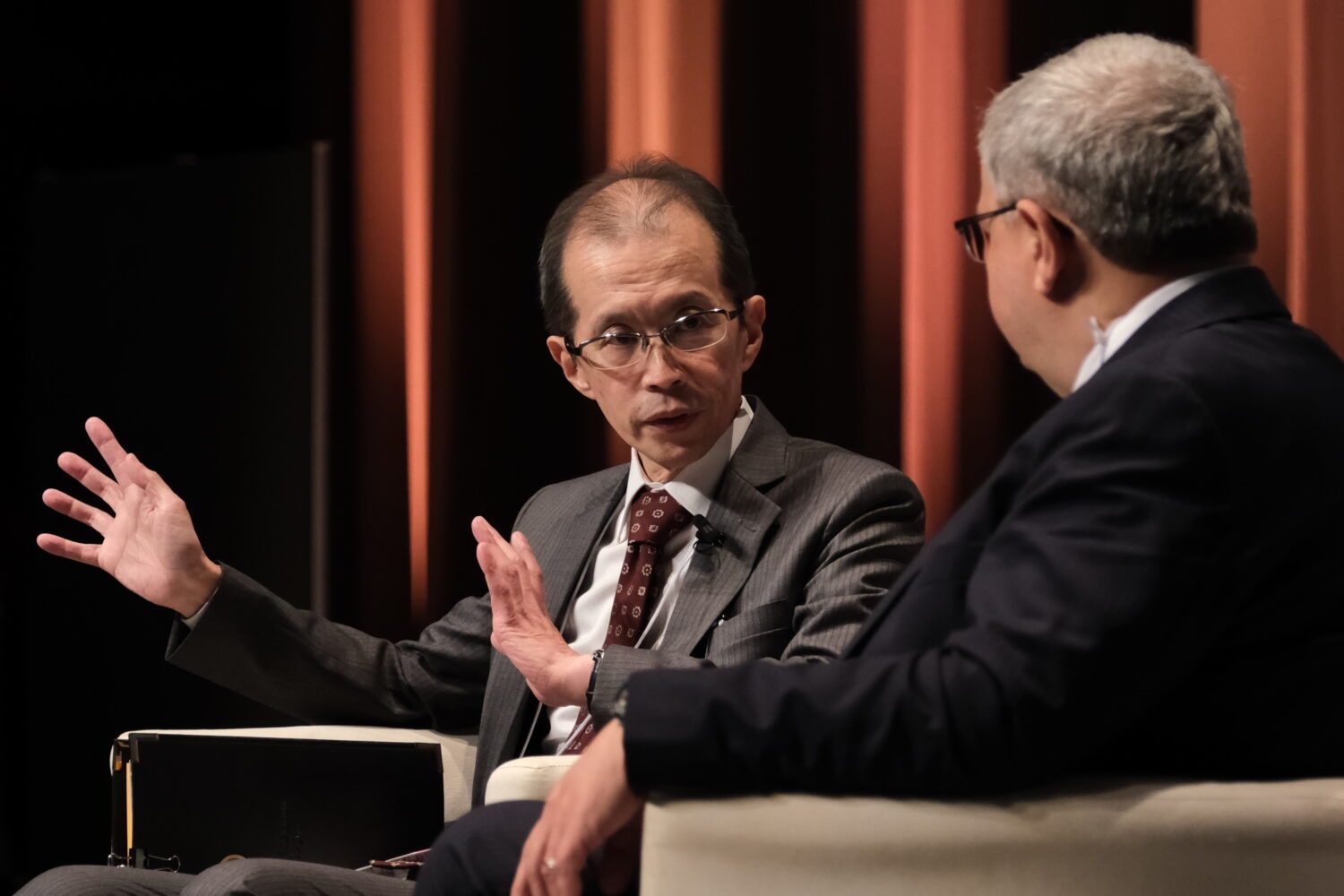

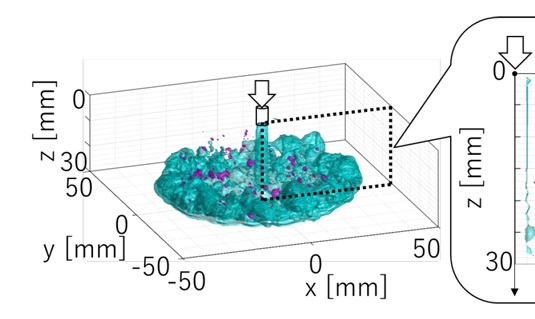
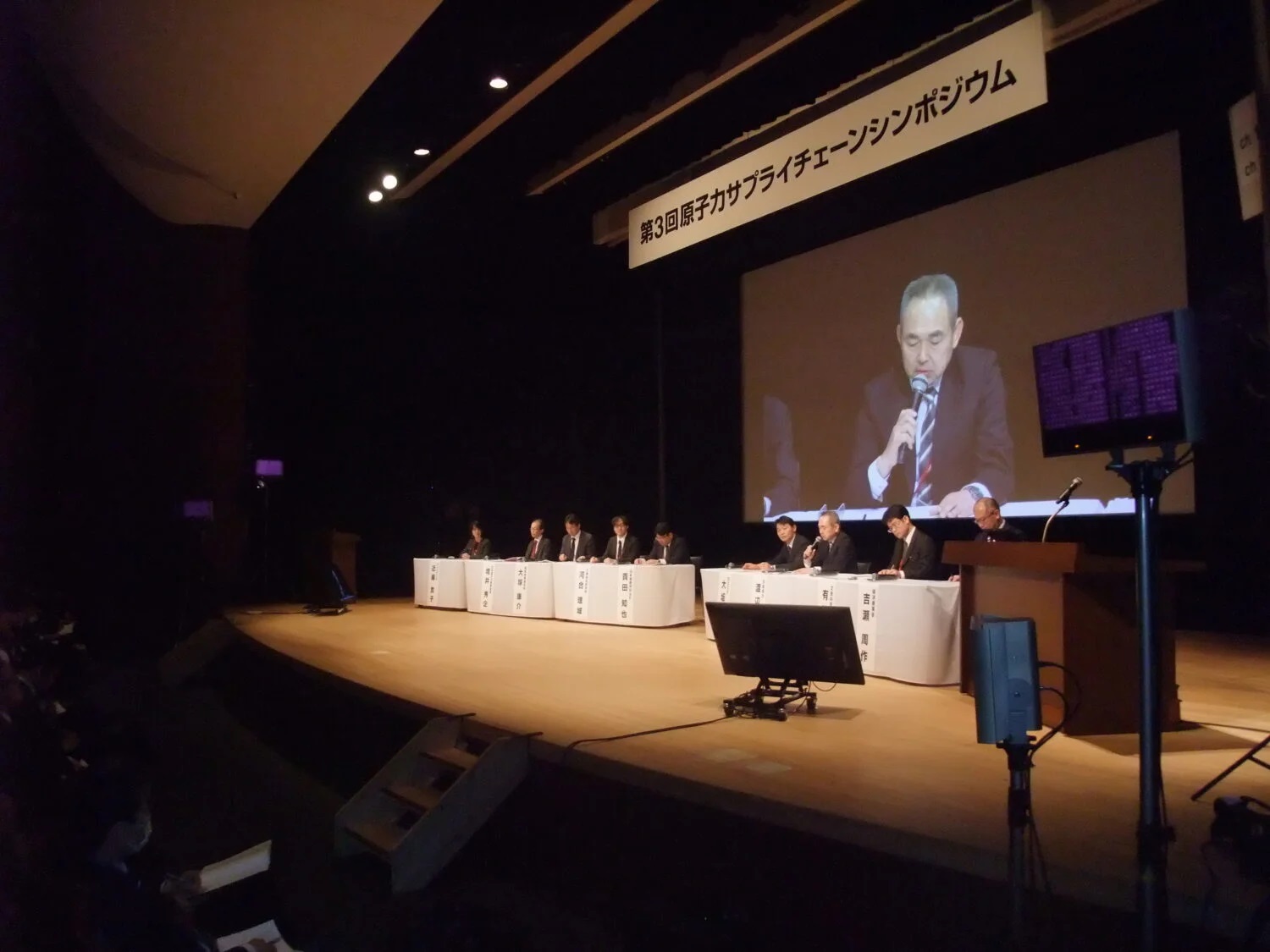
-1.png)
